3 places live captioning should be used
Live captioning delivers an inclusive experience for the deaf, hard of hearing, and those who have English as a second language.
As a person is speaking, a speech-to-text-reporter (STTR) types out verbatim what is being said, with the transcript appearing on a screen for everyone to read.
The simple solution never interferes with what’s being said, while at the same time helps keep everyone in the loop with what’s going on.
Below are the three main places where live captioning should be used.
In Work
Everyone in a work environment must be treated equally, and, unfortunately, for those with hearing loss, this is rarely the case.
Live captioning in the workplace provides equal access for employees, and thus complies with anti-discrimination laws.
Business meetings, events, conferences calls… all would benefit from live captioning, and it wouldn’t just be disabled workers.
Teleconferences from noisy places, public transport, unreliable reception can make it difficult for everyone, so having someone to type out everything that’s being said ensures no one misses anything.
In Schools & Universities
The Covid-19 pandemic forced both teachers and students to stay at home, and now with second waves hitting, there’s a real possibility that education for the immediate future might all be virtual.
If this is the case, live captioning is now a necessity rather than an option.
Thousands of students of all ages will be online communicating with their teachers, listening to classes, and note-taking from lectures.
All it takes is one bad internet connection or malfunctioning microphone and the class is ineffectual.
All you have is someone moving their lips, but you can’t understand them, which of course, is ironically how deaf people see the world all the time.
Live captioning gets around this problem, ensuring all students can see what’s going on, and even have a transcript of the class to read back later.
Studies have shown that captions help boost student comprehension and participation, and not just disabled students.
Having the words appear on screen is also a huge boost for foreign students, who may have a hard time following along.
For Events & Functions
Throwing an important event culminates in everyone enjoying and understanding what’s going on, before leaving with a sense of satisfaction.
But with 1-in-6 people in the UK affected by hearing loss, and almost half a billion around the world, the chances are there will be people at your event who are having a difficult time following what’s being said.
This is why live captioning should be used in all events and functions; to include everyone, and not just for their benefit.
It makes good business sense to appeal to the widest audience, as well as showing how your brand cares enough to include live captions.
Any type of conference or gathering must always consider the larger picture, be that wheelchair access, guide-dog exceptions, or live captioning for the hard of hearing.
Live captioning made easy
As one of the UK’s most respected live captioning companies, we here at 121 pride ourselves on the reputation we have built over the years.
Our STTRs type at an incredible 300 words per minute, with a 100% accuracy target, ensuring that live captions are really live.
No matter where you are in the world, we can help – all you need is a good internet connection.
Our satisfied clients include giants of their industries such as Disney, Oxford University, and the BBC.
If you would like to know more about how we can help you set up live captioning, please don’t hesitate to contact us and one of our friendly and professional staff will be happy to help.

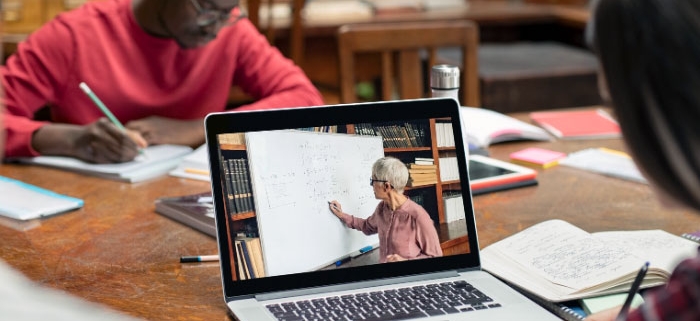
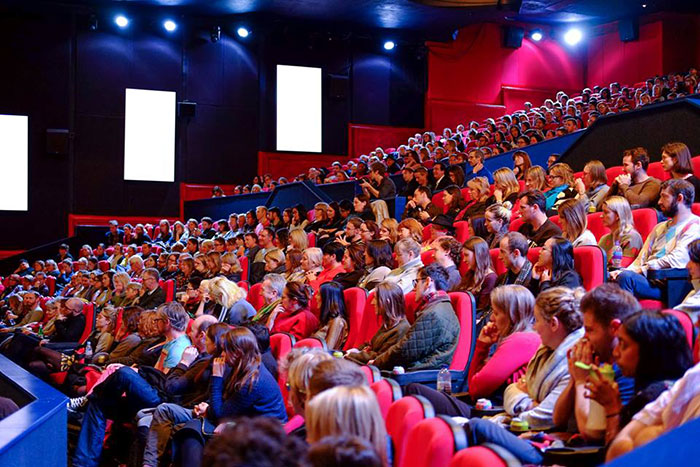
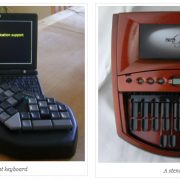

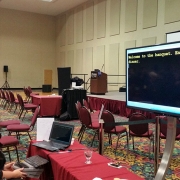



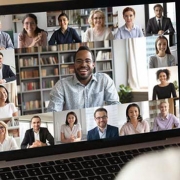


Leave a Reply
Want to join the discussion?Feel free to contribute!